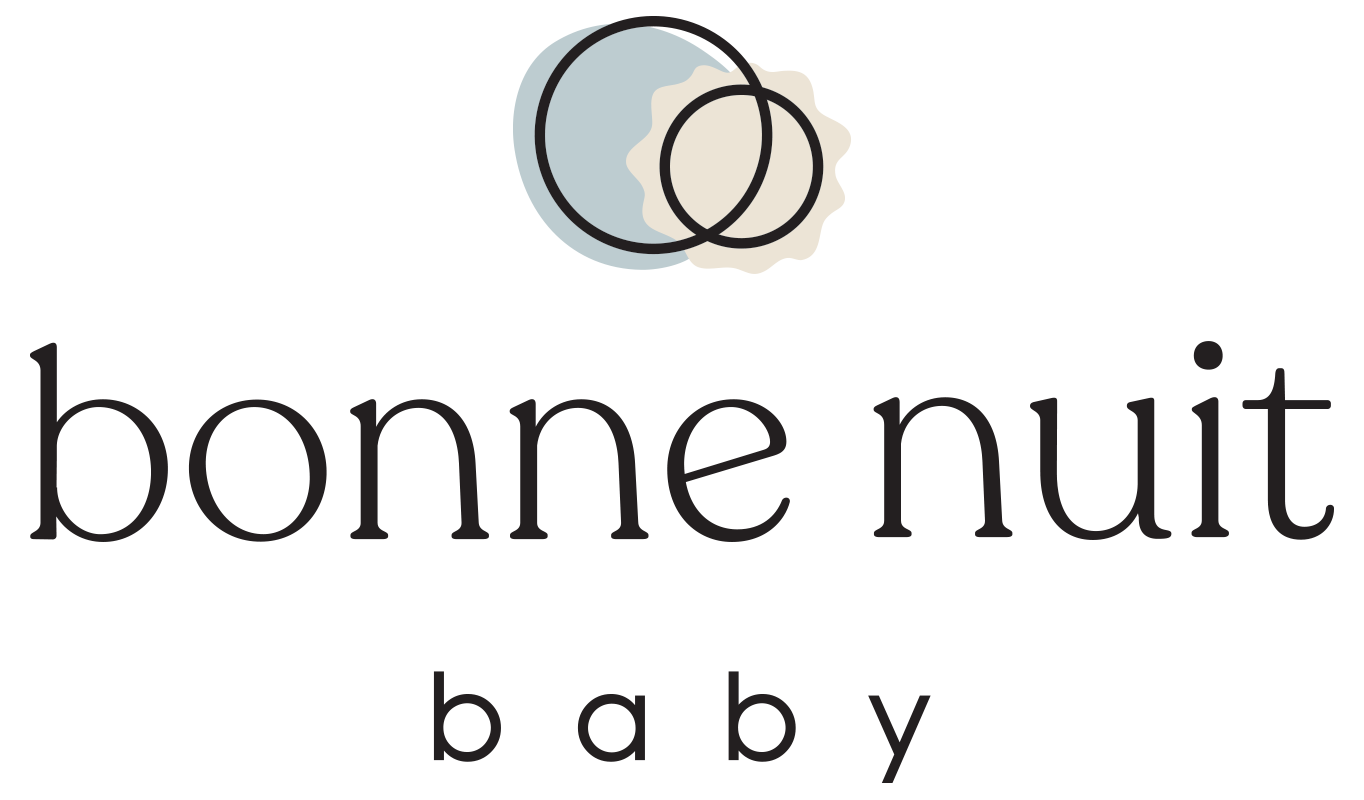What's the deal with white noise?
White noise is hands-down one of our favorite sleep tools for babies and kids. (It works wonders for adults, too, especially if you’re room-sharing with your little one). It’s inexpensive, easy and stress-free.
We especially recommend it for:
* All babies under 1 year of age
* Families who live in noisy cities (or small apartments)
* Toddlers who have active imaginations and could become scared at night by routine household/external noises
* Parents who are room-sharing with their baby/child
What is white noise? Essentially, it’s a consistent sound that masks other sounds in your environment (e.g., a dog barking or a 3am party next door). By blocking out unexpected sounds, it promotes deeper sleep.
Are all noises equal? Nope. Studies have shown that inconsistent noises, such those from a tv show or a mobile playing a lullaby, inhibit sleep.The ideal noise for sleepers is called pink noise, whose consistent short-wave patterns promote more restorative sleep. (Don’t believe me? A 2012 study showed that pink noise made a measurable difference in the quality in sleep, both in how participants felt afterwards and as measured by brain activity monitors).
Is it habit-forming? Not at all. There have been no studies showing that babies, toddlers or adults have any issues transitioning away from white noise.
What are the best white noise sources? In a pinch, you can always use a radio tuned to a static channel, an air purifier, or an oscillating fan in the bedroom. You can also download apps like this or this to play white noise on your phone or tablet. (This is particularly useful when traveling). If you want to invest in a white noise machine, our household favorite is the Marpac All Natural Sound Machine.
Safety first. Babies’ ears are used to loud noises from birth, but we don’t want to damage their developing ear drums. Be sure to place the white noise source at a distance from the crib and ensure that it’s around 50-60 dB (the latter is the level considered safe for nurseries in hospitals). Definitely be sure it’s not more than 75 dB. If you’re not sure how loud the noise is, there a free app that you can use to measure it.
Do we recommend white noise? Hands down, yes. Get to it, people!
